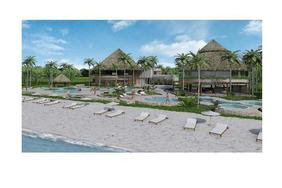At least once each year the AMCHAM Panama Real Estate Committee holds its Forum which addresses timely issues within the sector and offers information and solutions to attendees
The American Chamber of Commerce and Industry of Panama is pleased to announce the Fourth Annual Real Estate Forum to be held on October 16, 2013 from 11:30 am – 3:00 pm at the Miramar Inter-Continental Hotel. The forum “Urban Zoning: The Metro and the Streets. Where do I park?” will focus on urban planning in Panama City and how the new Metro and road infrastructure projects affect real estate in Panama City. The speakers include Henry Kardonski, General Manager , London and Regional Panama; Juan Manuel Vasquez, Director of Municipal Works and Construction , Panama City Mayor's Office ; Roberto Roy, Executive Secretary, Panama Metro Authority; and Jaime Ford, Minister of Public Works of the Republic of Panama.
Pamela Oakes, Chair of the AMCHAM Panama Real Estate Committee and event planner, said “we are very pleased to bring together these speakers whose projects affect our daily lives and will have a profound effect on real estate. Panama is undertaking major infrastructure projects such as building the country’s first metro system and redesigning the city’s roads and highways. Proper planning is required to ensure that upon their conclusion the traffic in Panama City improves and commuters will have better options.”
AMCHAM Panama’s Real Estate Committee has created and adopted an industry Code of Ethics to which all member real estate service providers must adhere in order to be part of an exclusive referral network. The Committee has become a good source of business for real estate service providers who have sworn to abide by AMCHAM’s Real Estate Committee’s Code of Ethics.
One of the Committee’s primary goals is to disseminate accurate information to the public about the Real Estate industry, so that investors may meet the challenges and avoid many of the problems involved in purchasing real estate and relocating to Panama. At least once each year the Committee holds its Real Estate Forum with the valuable support of corporate sponsors, which addresses timely issues within the sector and offers information and solutions to attendees.
About The American Chamber of Commerce & Industry of Panama (AmCham Panama)





 Beach resort. Price range: EUR 125,000 to 143,000
Beach resort. Price range: EUR 125,000 to 143,000 






